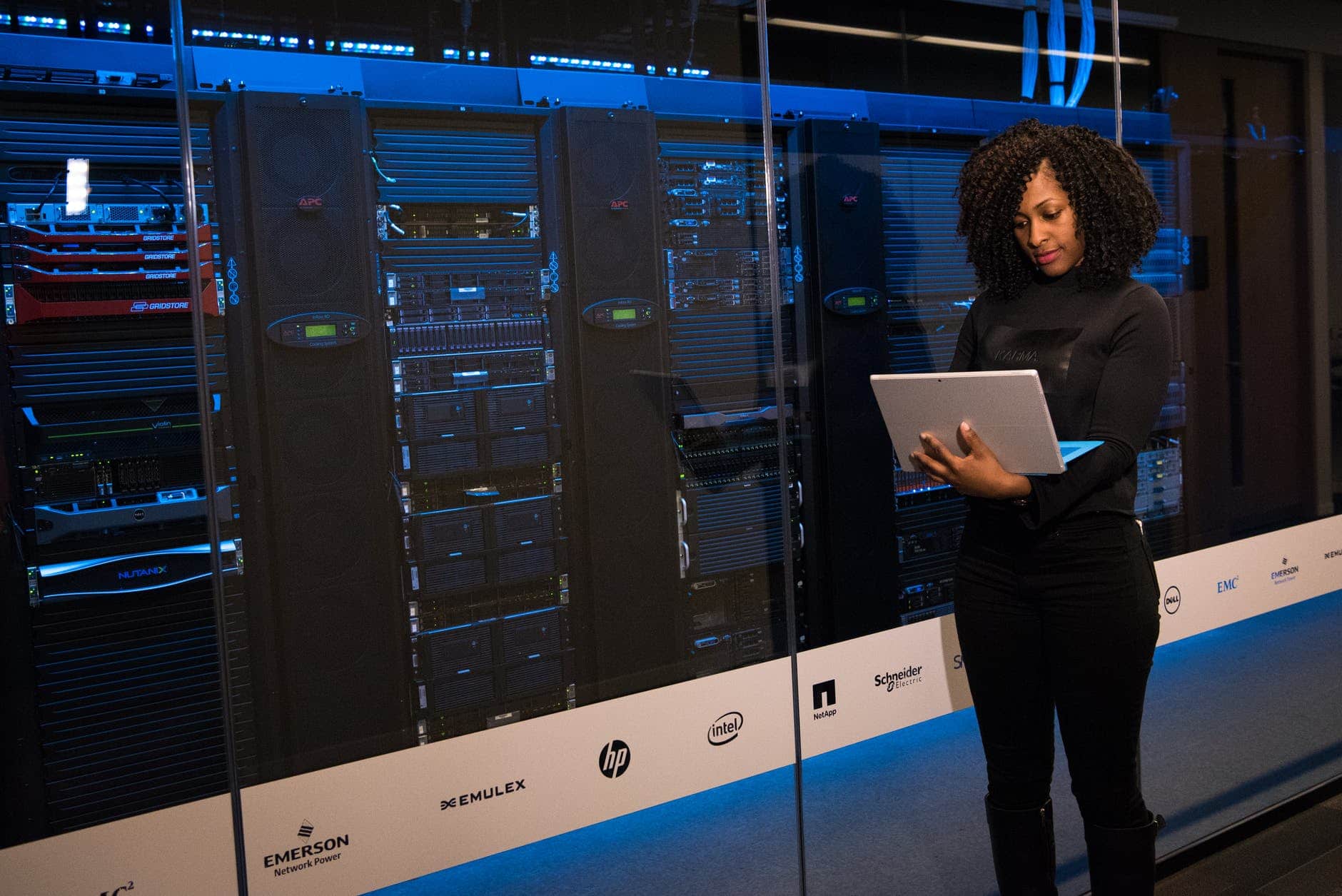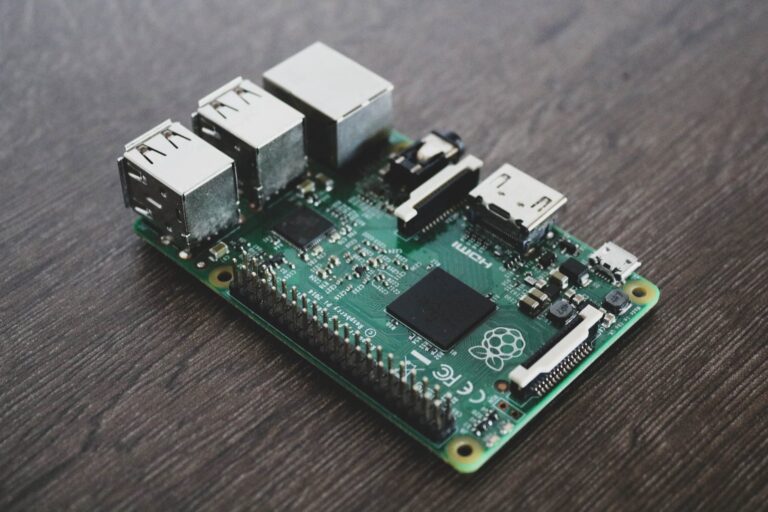Recently everyone talking about ARM but what exactly is an ARM chip and how does it help me, the average customer? ARM chips were mostly used in low power scenarios such as in phones or in tablets but recently Apple has decided to put the into their laptops boosting battery life to up to 20 hours and exponentially increasing performance compared to Intel based machines.
ARM Chips like the M1 aren’t just fast, they also run a whole lot cooler meaning your laptop won’t get warm at all, or if just a tiny little bit. They make sense because Computers running ARM chips are a lot more efficient than Intel based systems.

The ARM chip design has a much more simple layout than Intel’s chips. They’re a lot more streamlined and don’t need as much space in which to fit in all the components like cache and the bus which connects them all. All this extra space in the Intel chip is wasted because there is just a tiny bit more electrical power that needs to be dissipated into the computer’s casing and probably a lot more thermal energy as well.
ARM processors also use less power compared to contemporary x86 processors. So, the ARM chips running on your laptop as compared to the Intels will run on a lot less power and thanks to the cooler running you will be able to get much longer battery life as well.
Why Apple is using ARM for their M1 Chips:
While the custom silicon design is limited at launch, a huge benefit of such an approach is that Apple, and anyone else who uses it, will have a wide range of options when it comes to building the next generation of processors. The flexibility Apple gains with the custom cores will give the company more options for future features it could potentially use, such as custom CPU cores for enhanced encryption.

Apple will be able to optimize its ARM chips for performance, meaning its high-speed chip will always be the fastest phone processor on the market.
How ARM is used in Server Applications:
ARM server processors don’t aim to be the most powerful processors but rather are designed to handle the average workload that doesn’t require a large number of highly processor-intensive jobs. Using hundreds or thousands of slower processors allows the designers of ARM servers to deliver the same predictable performance across a wide range of use cases and allows a lower overall cost structure. The processors are designed to be flexible, allowing the network layer to take full advantage of the collective processing power of the chips to handle the more complex computing workloads.

ARM Qualcomm and IBM processors are offshoots of the original ARM design, although they continue to be manufactured by Advanced RISC Machines (ARM).
AMD bought the server-oriented division of Allied RISC (ARM) in 2003 and renamed it AMD Opteron. Qualcomm has announced some server-oriented Snapdragon processors. Microsoft has also announced that it is considered making Server versions of ARM processors, hoping that the decreased power consumption will allow it to double the number of servers it could run in a given area.
ARM processors are also used in embedded systems:
Arm processors can be found in low-cost embedded systems such as cars, digital video recorders, large LCD displays, and printer controller ICs. Commercial processing units in most PC motherboards are based on the ARM architecture and on its subsidiary ARM Holdings (a Chinese government-run holding company, which owns a substantial number of shares in ARM Holdings).

